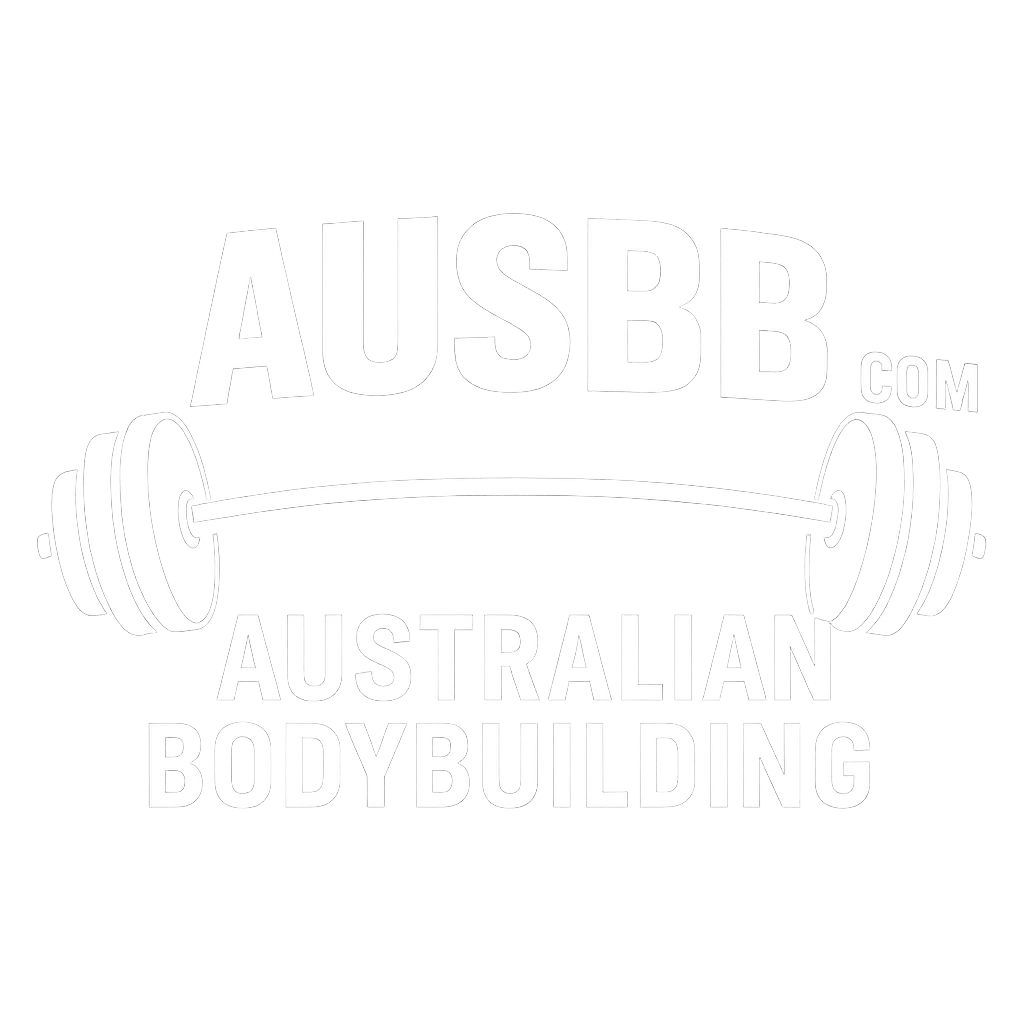Zoot
load-bearing member
Everybody has a different ratio of torso length to femur length. The proposition that I'm putting forth here is that for some people, that ratio impedes their ability to hit a legal squat depth and a further subset may never be able to make a legal squat at all.
This first diagram shows a long torso, short femur lifter:

With the weight of the bar acting through the heels this lifter enjoys
The opposite body type is a short torso, long femur lifter(obviously exaggerated for emphasis in this diagram):

If this guy tries to get away with a similar torso position and the same ankle and knee angles as the previous guy, he's going to tip backwards. The weight acts on a point somewhere behind the heel and there is no way he can avoid pivoting about the heel and falling backwards.
The lifter will instinctively adjust body angles to prevent tipping backwards. What he's doing of course is moving that bar forward so that it is once again acting through the heels
The short-torso/long-femur lifter doesn't have many options. He will do something like this:

Which is bad in so many ways
And here's a video that shows what it looks like in action.
Squat 2013-03-25 - YouTube
We can see that the need to maintain balance still thrusts the shins so far forward that the knees are much lower than the hip joint. This comes from physics, not flexibility, and not core/hammy/glute/lower back weakness. The physics of maintaining balance means that this guy will never be able to get his hip crease lower than his knees, and will hence never be able to perform a squat that a judge would pass. .
.
My proposition is:
The only hope for such a person is to alter the femur:torso ratio. Short of surgery, he must dramatically widen his stance. In effect, this will shorten the femur, improving his ratio to something more like the long-torso:short-femur lifter.
This first diagram shows a long torso, short femur lifter:

With the weight of the bar acting through the heels this lifter enjoys
- a relatively upright torso angle, minimising the torque on the lower back
- Benign angles at the knee and ankle joints
The opposite body type is a short torso, long femur lifter(obviously exaggerated for emphasis in this diagram):

If this guy tries to get away with a similar torso position and the same ankle and knee angles as the previous guy, he's going to tip backwards. The weight acts on a point somewhere behind the heel and there is no way he can avoid pivoting about the heel and falling backwards.
The lifter will instinctively adjust body angles to prevent tipping backwards. What he's doing of course is moving that bar forward so that it is once again acting through the heels
The short-torso/long-femur lifter doesn't have many options. He will do something like this:

Which is bad in so many ways
- Torso leaning forward introduces a "good-morning" element to the lift, and puts stress on the lower back
- Likelihood of losing back arch
- Extreme angles at knee and ankle joints, reducing their working life
- Can't make depth, as the knee is always lower than the hip joint
And here's a video that shows what it looks like in action.
Squat 2013-03-25 - YouTube
We can see that the need to maintain balance still thrusts the shins so far forward that the knees are much lower than the hip joint. This comes from physics, not flexibility, and not core/hammy/glute/lower back weakness. The physics of maintaining balance means that this guy will never be able to get his hip crease lower than his knees, and will hence never be able to perform a squat that a judge would pass.
My proposition is:
The only hope for such a person is to alter the femur:torso ratio. Short of surgery, he must dramatically widen his stance. In effect, this will shorten the femur, improving his ratio to something more like the long-torso:short-femur lifter.
